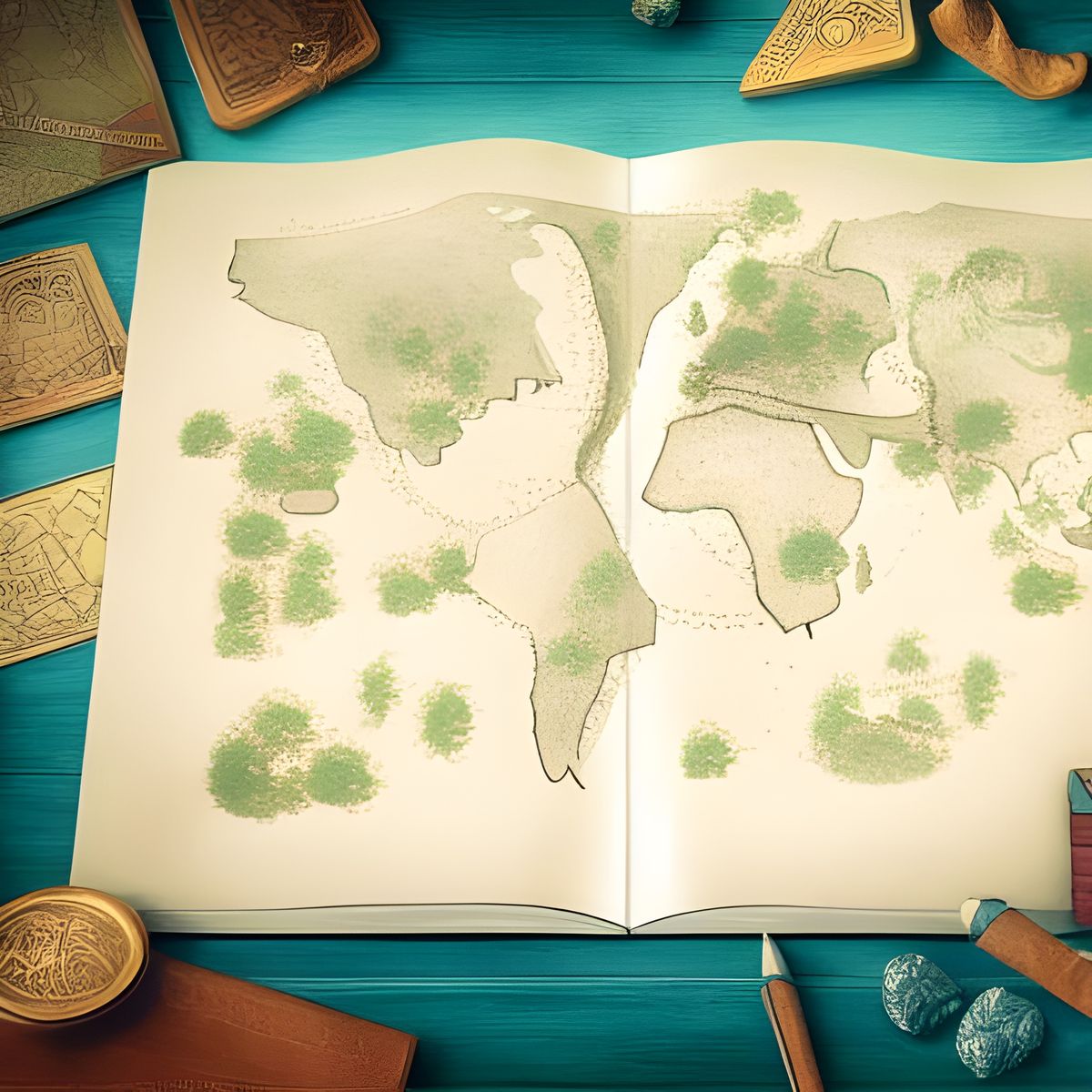Maps, Models, and Reality (Paradox Pair #66)
To make a map necessitates a loss of fidelity, yet people often confuse the model of a system for the system itself.

The world is complex and growing more so. To help navigate the overwhelming number of variables we develop shortcuts in the form of models and maps. These can be tremendously helpful, reducing our inputs to the essentials necessary to navigate a terrain. For example, to get to the nearest gas station you don't need to know the changing grades of the road or details about every building you will pass, you simply need to know when and where to make the correct turns. Road names and general distances suffice as reasonable shortcuts to get you to your destination. Even the instruction to “turn right at the next traffic light” is a rudimentary map.
Financial statements are maps. Product roadmaps state what they are right in the name. Staffing plans are maps. System architecture drawings are models. Standards of business conduct are maps of our expected behavior. The list is endless, we are surrounded by maps and models.
“The map is not the territory” - Alfred Korzybski
However, people often confuse the model of a system for the system itself. A map or model is always an abstraction. A model can represent risks of the real world, yet it fails to show the risks of using the model, for that you would need a model of the model, and so on ... Because our brains are so good at operating with abstractions we need to be aware of our tendency to prefer an incorrect model over no model at all.
To make a map necessitates reducing the level of exactness, making decisions about what to include and exclude. A map without fidelity loss is, of course, no longer a map, it is reality itself. And while maps can help guide us, the end-goal isn't to optimize the model, it is to optimize reality. We must review our maps and models to ensure that they represent today's terrain, accounting for a shift in the competitive market or advances in technology. Every map has limitations, knowing what they are will help determine when the map must be updated or discarded. Blindly following a map will surely get us lost.
The Paradox Pairs series is an exploration of the contradictory forces that surround us. A deeper study finds that these forces often complement each other if we can learn to tap into the strength of each. See the entire series by using the Paradox Pairs Index.




